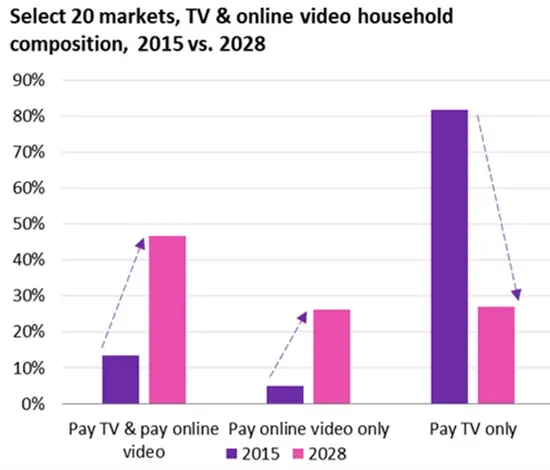A new Omdia research report on multisubscripton TV and video says there is a changed emphasis among pay-TV operators as they now commonly embrace aggregator or super-aggregator strategies. Historically, many pay-TV operators (like cable or satellite TV companies) had their own set of channels and content they offered to subscribers. Over time, with the rise of online streaming platforms and third-party apps, these operators have recognized the need to adapt. An aggregator in this context refers to a platform or service that bundles multiple sources of content into one package. For instance, instead of a customer subscribing to Netflix, Disney+, Hulu, and Max separately, an aggregator might offer all of these services within one platform or for a single fee. A super-aggregator would likely take this a step further, providing access to even more services and content sources.

With platforms like Netflix, Amazon Prime, Disney+, and others becoming household names, they have also become an essential part of many people’s entertainment routines. They are referred to as third-party apps because they are external to the traditional offerings of pay-TV operators. If traditional pay-TV operators do not offer these popular third-party apps they run the risk of losing subscribers to other platforms or services that do. The opportunity cost here is the lost revenue and customer loyalty due to not adapting to the new entertainment landscape.

